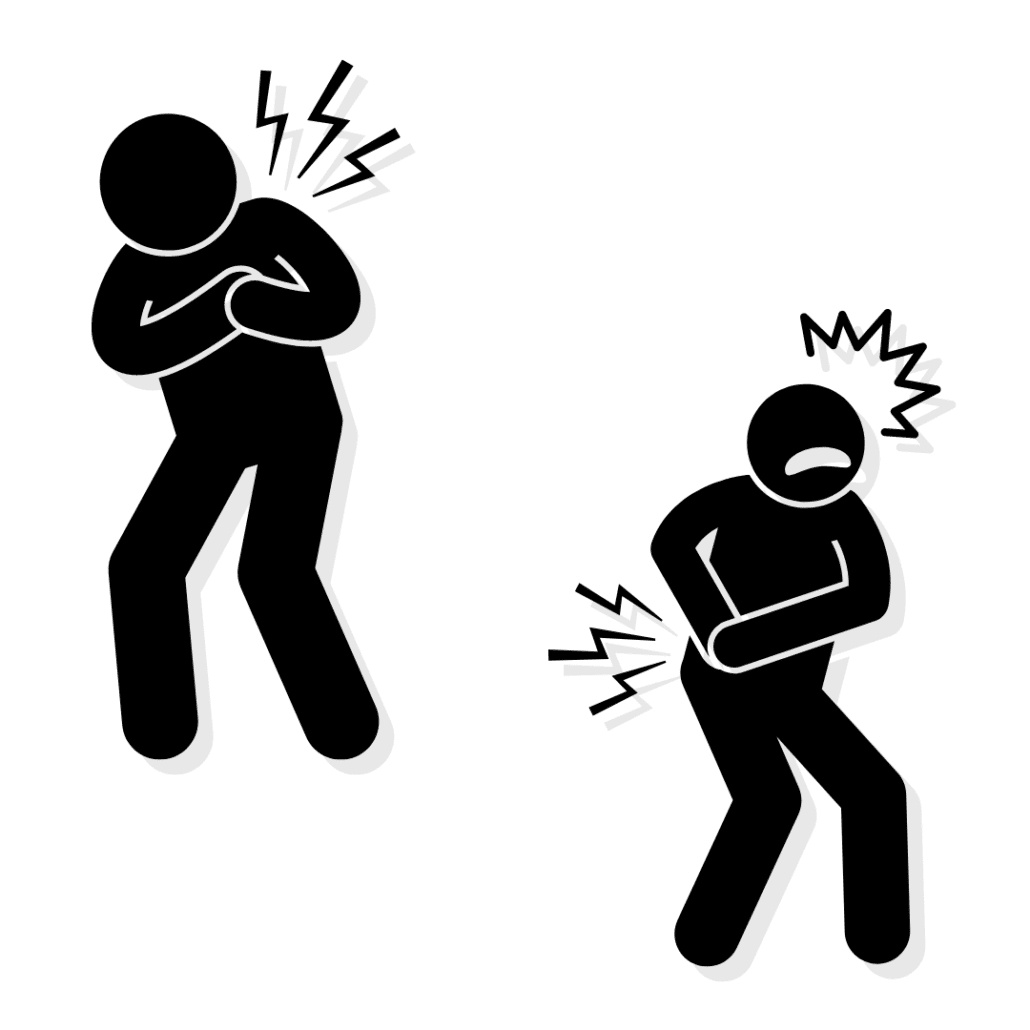The issue with the ‘root cause’
A patient comes to see you with a problem several therapists haven’t been able to solve…
Pain and positive assessment findings popping up everywhere like wildfires…
Treating a complaint and finding improvements, only to take two steps back before the next consult…
Maybe you just haven’t found the root cause of the problem yet –
or maybe pain is a bit more complex than that.
I’d expect that most of us during our undergraduate training or whilst admiring mentors and influencers in the healthcare field have wished to be at the stage in our career, where we have the knowledge and skills to find the one root cause that would solve our patient’s complaints.
I remember early on having this wish, thinking that I’d be able to watch the way my patient walked in and listen to their story, and then diagnose that the insufficient internal rotation of their left hip is why they’re having pain with their hip hinge and squats. It wasn’t long after learning more about pain science that I was happy to see these wishes fade away.

To understand why this is the case, we should understand what pain is –
“An unpleasant sensory and emotional experience associated with, or resembling that associated with, actual or potential tissue damage,” as defined by the Internation Association for the Study of Pain (IASP).
The IASP then expand with six key notes for further context, which I’d greatly encourage becoming familiar with.
The fact that this isn’t restricted to just a physical or mechanical limitation, and that the emotional experience during a painful episode is as influential as the sensory input, tells us that we can’t pinpoint a single clinical finding as the root cause of a problem.
A patient’s pain is going to be influenced by their understanding and expectations of their symptoms, as well as many other factors including their mental and emotional wellbeing, quality of rest, and social engagement, just to name a few.
Something like a range of motion limitation itself may have multiple factors including previous injury or trauma, repetitive movement or habits, fear and avoidant behaviours, or morphological variations, all of which are completely normal and expected in a healthy, asymptomatic population, so why has that movement deficiency only just now become a problem when a patient presents with pain for the first time?
When we then provide a treatment aimed at improving this limitation, we are often reassuring the patient during the intervention that this is going to be the best way to manage their pain – creating a strong emotional expectation that their painful experience is going to be improved. Remembering that their pain is already increased with negative emotions, and that patients see us and expect to have a positive outcome, on top of the influence our language and actions have in reassurance and better outcomes, it’s extremely hard to argue that the improvements we create aren’t potentially due to these verbal cues and emotional influences.
It is quite common to look at this from a purely biomechanical, structural, or functional perspective. But when we consider research such as Slimani et. Al. (2018) or Huang and Ihm (2021), where psychosocial predictors and continuous poorer sleep quality respectively were both evidenced to be factors in injury likelihood, we must consider how often it is, that after a physical assessment, we would consider these factors as a potential “root cause”.
Anytime we apply a treatment, we will have a mechanical, neurological, and / or chemical effect, and it would be foolish for me to dispute that these factors are providing some improvement for the patient. Making a change to the amount of internal hip rotation, as per the example above, could very well benefit the patient’s symptoms, and if their understanding is that that is the only thing causing their pain, it can also greatly influence a positive outcome when they see or feel an increase in range of motion.
However, I think we should all question, was that really the best and only way to achieve the result? Or, maybe the human body and pain is more complex than that.


